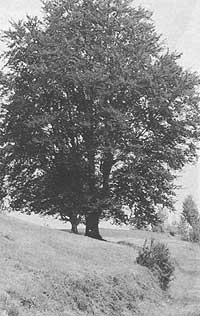Does nature die?
Cape Kola, in northern Russia, next to Scandinavia, is the most polluted area of all tundra. The reason is the giant nickel factory. According to the planning presented by the Finnish company Outokumpu and the Norwegian company Elkem to solve the problem, sulfide emission can be reduced by 95% and heavy metals by 98%.

If the nickel workshop owners accepted this proposal, the transformation would conclude in 1995. In addition, the governments of Finland, Norway and Sweden have decided to grant a grant of 600 million dollars.
Russian ecologists have long made public their concern about the contamination caused by the nickel factory, but until recently Cape Kola has been a military zone so no discussion was admitted. Although there is still no reliable statistics on the impact of the population on the environment of pollution, their doctors say that 90% of the population resident in the city of Niquel suffers respiratory and nervous problems.
In a recent report by the radio ALL-Union Radio, it is indicated that in the 700 square kilometers of the Nickel area there is no trace of life; trees, rays, mushrooms, insects, grass and fruits have disappeared. In addition, the most well-known animal of this cape, the deer, is in grave danger, since its natural environment is practically disappeared.
The Minister of Environment of Norway, who two years ago obtained authorization for the installation of monitoring centers in Cape Kola and the data obtained in this short period are very significant. For example, the life expectancy of the local population is about 42 years.
But if a reactivation plan is launched, within four years the entire cemetery can be a paradise. Can nature be destroyed?
Buletina
Bidali zure helbide elektronikoa eta jaso asteroko buletina zure sarrera-ontzian











